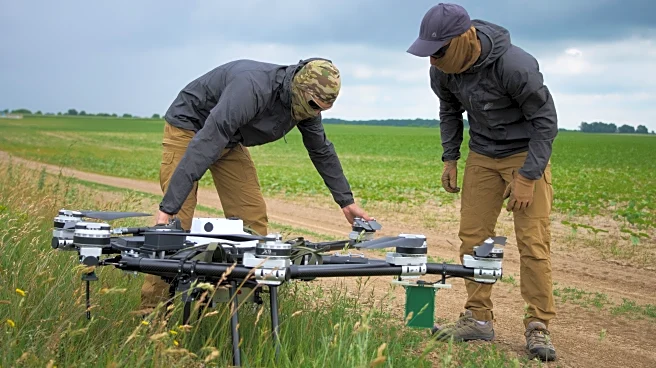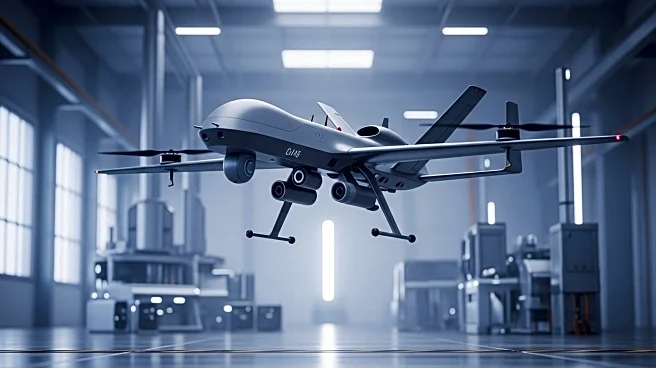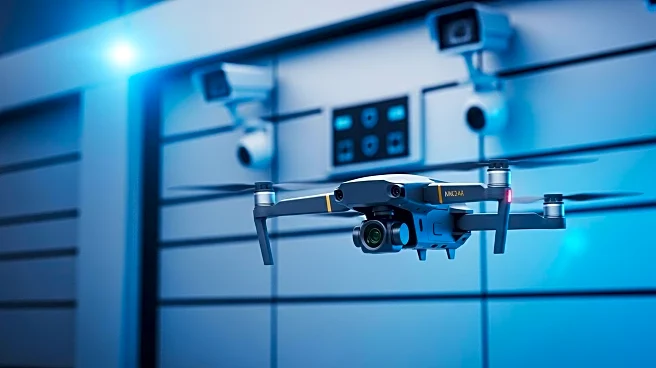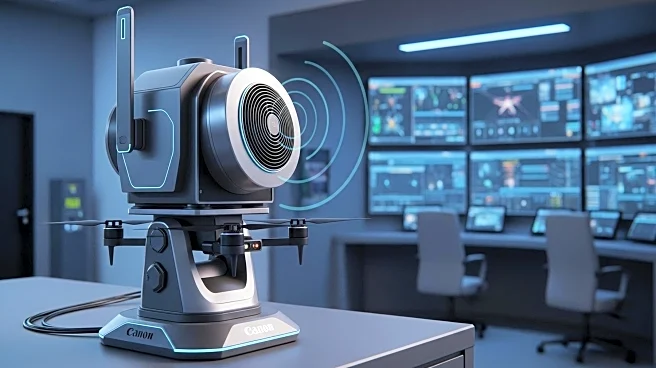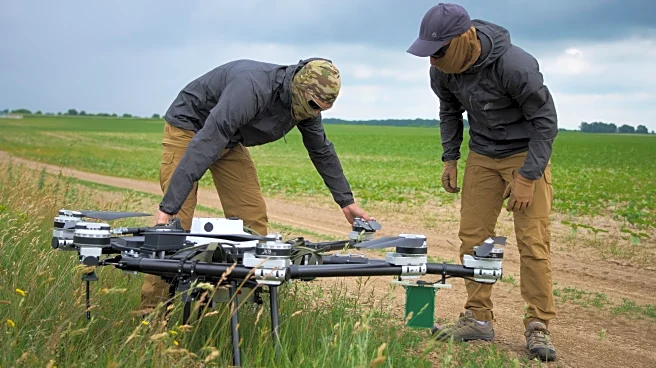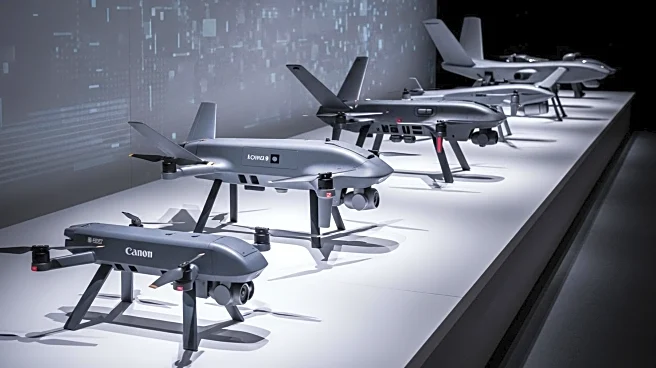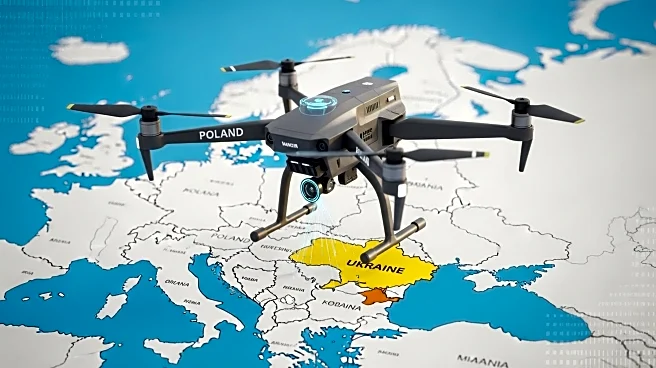What's Happening?
The Norwegian Defence Materiel Agency (NDMA) has signed a contract with Hanwha Aerospace for the procurement of 24 additional K9 Vidar self-propelled howitzers (SPHs) to bolster the capabilities of Norway's new Finnmark Brigade. This acquisition follows the previous purchase of 28 K9 vehicles and 14 K10 ammunition resupply vehicles, which replaced the older M109A3GN SPHs. The new contract includes upgraded communications systems and integration with the Norwegian combat system, along with an integrated logistics support package to ensure operational readiness. The delivery of these SPHs is expected by the end of 2027, with transfer to the Norwegian Army in 2028.
Why It's Important?
The acquisition of additional K9 SPHs is a strategic move to enhance Norway's artillery capabilities, particularly in the northern region, amid evolving security challenges. The importance of artillery in modern warfare has been underscored by recent conflicts, such as the war in Ukraine. Strengthening the Finnmark Brigade's firepower is crucial for Norway's defense strategy, ensuring readiness and deterrence against potential threats. This development also reflects Norway's commitment to maintaining a robust defense posture and supporting its armed forces with advanced military technology.
What's Next?
The NDMA will focus on the integration and operational readiness of the new K9 SPHs, working closely with local Norwegian industry for training and maintenance solutions. The Norwegian Army will prepare for the deployment of these systems, aligning with the long-term plan for the armed forces. As the delivery timeline progresses, Norway will continue to assess its defense needs and potential further acquisitions to address emerging security challenges.
Beyond the Headlines
This acquisition highlights the broader geopolitical implications of military procurement in Europe, as countries respond to regional security dynamics. The focus on artillery systems reflects a shift towards enhancing conventional military capabilities, which may influence defense strategies across NATO and neighboring countries. Additionally, the partnership with Hanwha Aerospace underscores the importance of international collaboration in defense technology development.

